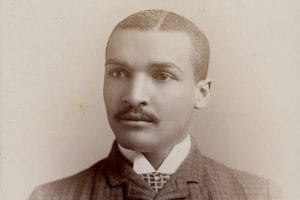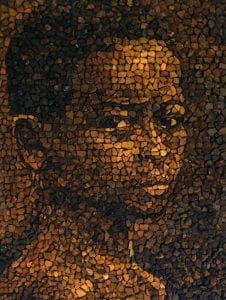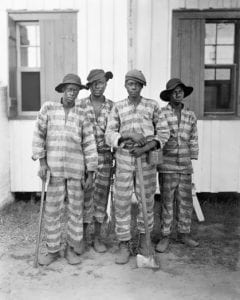
In celebration of African American history month, IUP’s Instagram has been featuring one African American archaeologist a week, so we decided to include them on the blog as well! This week’s archaeologist is Dr. Alexandra Jones, a historical archaeologist who specializes in the African Diaspora. Jones first studied at Howard University earning a dual B.A. in History and Anthropology. If that wasn’t impressive enough, she went on to receive an M.A. in History and Anthropology at Howard and U.C. Berkley respectively. She then received her doctorate from U.C. Berkley in 2010 for her research at Gibson Grove, an African American church in Cabin John, Maryland.
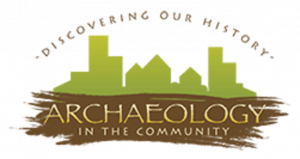
Most of her work involves the community and focuses on public outreach in archaeology. Around the time when she was developing her dissertation, she realized that not a lot of people in her home community knew about archaeology or the heritage that was right below their feet. This is why she decided to start her non-profit “Archaeology in the Community” which organizes educational events for kids K-12, events for the community, and professional development for aspiring archaeologists all with the aim to educate the public of their archaeological heritage. She also created customizable programs for schools to incorporate into their curriculum in order to expand the understanding of archaeology. Archaeology in the community’s most recent project is an informational app for children that is free and available to download on apple and android.
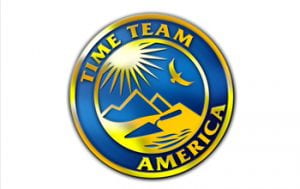 You may have also seen Dr. Jones teaching field schools on PBS’s “Time Team America” a show that aims to give viewers an “over the shoulder” look into what archaeologists do. These field schools took place at a plethora of sites in Maryland, Oklahoma, and Colorado and involved students at the junior high and high school level. Jones taught them how to properly conduct an archaeological project including how to survey, keep records, and conserve the artifacts that they found. Additionally, at the Josiah Henson site, Dr. Jones taught her students about the importance of working with the decendent communities to gain a greater understanding of the people who inhabited the area.
You may have also seen Dr. Jones teaching field schools on PBS’s “Time Team America” a show that aims to give viewers an “over the shoulder” look into what archaeologists do. These field schools took place at a plethora of sites in Maryland, Oklahoma, and Colorado and involved students at the junior high and high school level. Jones taught them how to properly conduct an archaeological project including how to survey, keep records, and conserve the artifacts that they found. Additionally, at the Josiah Henson site, Dr. Jones taught her students about the importance of working with the decendent communities to gain a greater understanding of the people who inhabited the area.
Her current project is called the Hollowed Ground Project and is at Goucher College, where she is currently employed. Since the college is situated on an old plantation site, this project researches the slavery and racism that took place there in attempts to honor the enslaved people who came before. The project also helps contribute to the larger body of research that examines how the historical enslavement of African Americans contributes to the institutional racism and predjudice that occurs today.
Dr. Alexandra Jones is still active in the Archaeological community and is a part of the Society of Black Archaeologists (SBA) and the Society for Historical Archaeology (SHA) to name a few. She recently received the SHA’s John L.Cotter award for her work in public archaeology and engaging the community.
Follow IUP Anthropology on Facebook, Twitter, and Instagram







